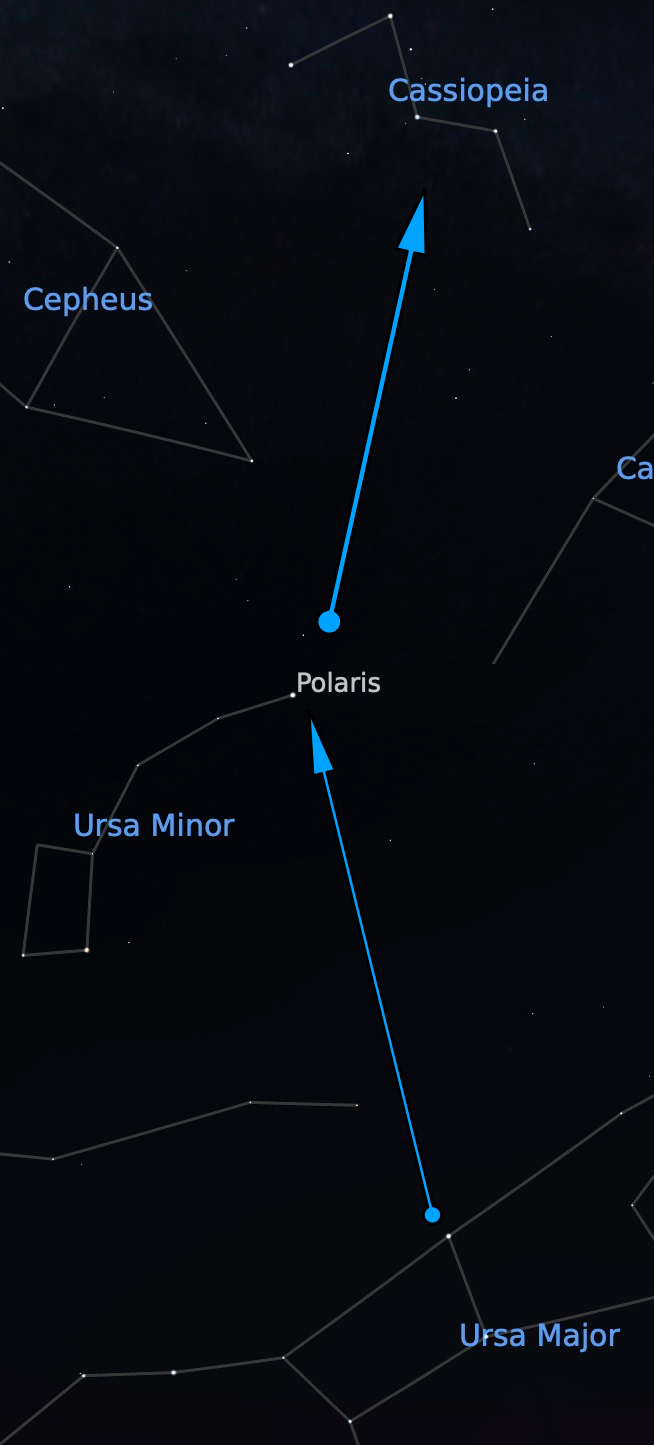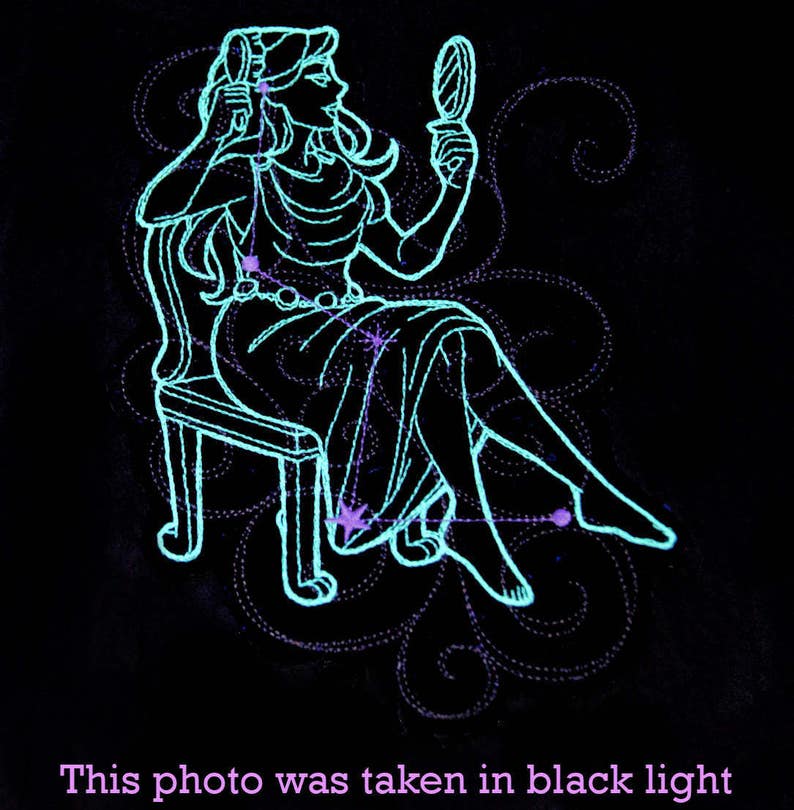

It is over 1,200 times the size of our Sun but it is not the largest. If it was at the centre of our solar system, we would be inside the star. PZ Cassiopeiae is one of the largest stars so far discovered. There is only one other star that has that many stars and that is Jabbah in the constellation of Scorpius. Ref: University of Michigan.ĪR Cassiopeiae is a large multiple star system, whilst most multiple star systems are binaries such as Sirius also known as Alpha Canis Majoris, AR Cassiopeiae has seven stars in the system. The dimmest star that a person isĪble to see with their naked eye is 6.0 magnitude based on the table in the reference. The dim star has an apparent magnitude of 6. The dimmest star that can be seen in Cassiopeia with the naked eye is 52 Cassiopeiae. The star is recognised as being the brightest in the constellation as it has the Bayer status of Alpha.ĥ2 Cassiopeiae, Cassiopeia's Dimmest Visible Star The brightest star in Cassiopeia is Schedar and is located about 46.61 light years from the Sun.The star has a apparent magnitude of 2.24 but an absolute magnitude of -1.98 when the star is viewed from a distance of 10 Parsecs or 32.6 Light Years. The furthest figure is derived from either the 1997 or 2007 Hipparcos star catalogue parallax figure and it has been known to produce distances that are wrong. The furthest star that is located in the constellation is HIP 12972 and it is 326163.3 light years away from the Sun. The nearest star to the Earth with an exoplanet is HD 7924 which is about 54.83 Light Years. The nearest star to Earth is Achird which is roughly about 19.42 Light Years from the Earth. The stars mentioned are from the Hipparcos catalogue or have been added because of their special status. If you know of a star that is nearer or further then do let me know in the comments and I'll add it to the site. The caveat of these stars are that they are catalogued on this site.



An object or animal may be mythical (e.g. A constellation is a pattern of stars in a recognisable shape that is supposed to resemble an object, animal or mythical person.Cassiopeia (Pronounciation:Cas-see-o-pee-ah, Abbrev:Cas, Latin:Cassiopeiae) is one of 88 constellations recognised by the International Astronomical Union ( I.A.U.).


 0 kommentar(er)
0 kommentar(er)
